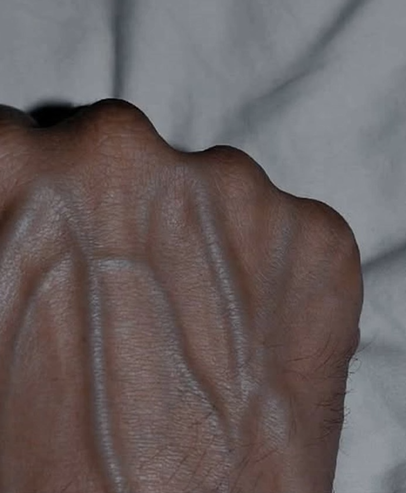Noticing veins suddenly appearing more prominently on your legs, feet, or even hands can be surprising — and sometimes a little worrying. For some, these veins show up after a long day on their feet, while others notice them becoming more visible with age or lifestyle changes. Doctors explain that while visible veins are often harmless, they can sometimes signal underlying circulation issues, making it important to understand what’s happening in your body when they appear.
In healthy veins, tiny valves act like doors, keeping blood flowing smoothly toward the heart. When those valves weaken, blood may begin to pool, stretching the vein walls and making them more noticeable beneath the skin. Mild cases may cause spider veins, which are thin red or blue lines that are mostly cosmetic. More advanced cases, known as varicose veins, can lead to heaviness, swelling, or aching in the legs, especially after standing or sitting for long periods.
If vein problems are ignored, they can occasionally develop into more serious conditions such as chronic venous insufficiency, skin ulcers, or even blood clots. Warning signs that deserve medical attention include persistent leg pain, swelling that doesn’t improve with rest, sores that heal slowly, or sudden bleeding from a vein. Seeking evaluation early allows doctors to recommend safe, effective treatments and prevent complications.
Fortunately, there are simple steps anyone can take to support vein health. Regular movement, staying at a healthy weight, and avoiding long periods of inactivity all improve circulation. Compression stockings can be useful during travel or for those who stand for hours at work, while elevating the legs helps blood flow back toward the heart. With the right care, most cases of visible veins can be managed comfortably, allowing you to stay active and confident about your health.
